DOG TRAINING OFFERED IN-PERSON AND ONLINEOur dog training services are delivered in almost any format that meets your needs. We have GROUP CLASSES at our indoor and outdoor facilities on our farm, ONLINE LIVE STREAMING classes, and SELF-PACED VIDEO-BASED training through our Online Dog Training Course. Our PRIVATE TRAININGS can be done in-home, outside, in public dog-friendly locations, at our facility on our farm, online via phone or video conferencing and through email. |
Question:
We recently adopted a dog who growls and has even bared his teeth if we go near him while he’s eating. How do we stop this?
The Trainer Answers:
Food guarding is a fairly common behavior among dogs, so understand this is not a “bad” dog. He’s just trying to make sure no one steals his food.
Your dog should feel comfortable with you approaching or even taking his food bowl away. We need to change his perception from “someone is trying to steal my food” to “someone approaching is a really good thing!”
Growling or showing teeth are symptoms of how your dog is feeling. Always remember that growling is a warning, and we do NOT want to suppress warning signals. If we punish the growling, it does not change how he feels, it only causes him to suppress the growl. We set up a potential bite when we ignore or punish the warning signals. We want to address how he feels about the situation so he no longer feels the need to growl.
If your new dog is malnourished or underweight, start by giving him as much food as he wants and leave him alone while he eats for now. Allow him to get to a healthier weight. In some cases, the food guarding will disappear once the dog is at a normal weight. If your dog is not underweight, make sure he has a clean bill of health. Some medical issues can cause a dog to feel hungry, so we should address any potential medical issues first.
Now we need to teach your dog he does not need to guard food. If your dog has no trouble taking food from your hand, begin by hand-feeding your dog. Put the food bowl away for now. You don’t need to ask for anything specific, but simply feed him a bit at a time if he is being polite. He should learn to wait for the food to come to him. I recommend doing this for two weeks or more depending on the severity of guarding.
Only proceed to the next step if your dog has done well with the current step for several meals. Always take things slower than you think is needed. We run into trouble when we jump ahead too quickly. This can trigger the dog to revert back to his old ways and sets us back at square one. Watch for any signs of stress or tension in your dog. If you see any of these signs, you are progressing too quickly.
Next, we can start to re-introduce the food bowl. Sit in a chair with the food bowl in your lap and the dog’s meal in the bowl. Continue to hand-feed for now, but he will see you picking up the food from the bowl.
Next, allow him to eat directly from the bowl, but you should be holding it. The bowl is not yet on the floor. Have some really tasty treats available. As he is eating, drop a tasty treat into the bowl. Once this is going well, you can set the bowl down and drop tasty treats in as he eats. If you are able to drop in tasty treats, then you can offer a tasty treat as you pick up the bowl and set it back down.
Once your dog is eating from his bowl on the floor again, slowly work toward being able to walk away and approach again, dropping in a tasty treat. Once your dog seems to be past his guarding behavior, periodically drop in a tasty treat to prevent guarding from returning. However, do it once in a while, not at every meal.
Take your time and progress slowly. If you have any concerns, consult a professional who uses positive reinforcement methods and can help you to progress at the right pace and take the appropriate incremental steps for your dog. Every dog is different, so some will need much smaller steps to progress or need more time between steps. They can also help you learn to read the early warning signs of potential problems.
Our goal is to positively impact the lives of as many dogs and their families as we can, in part through our extensive library of video, infographics and text articles. |

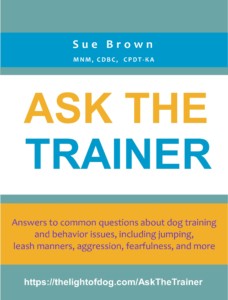
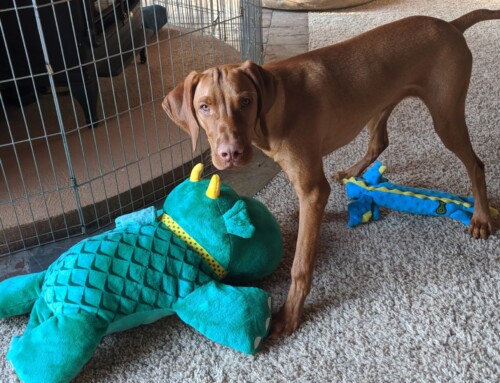
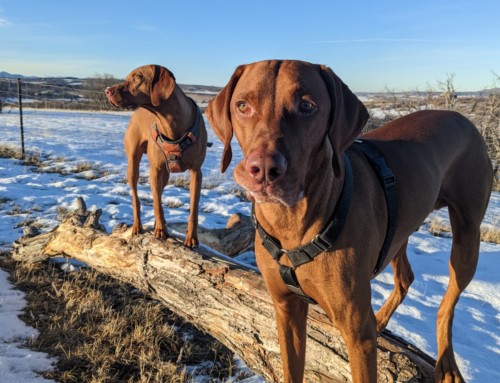
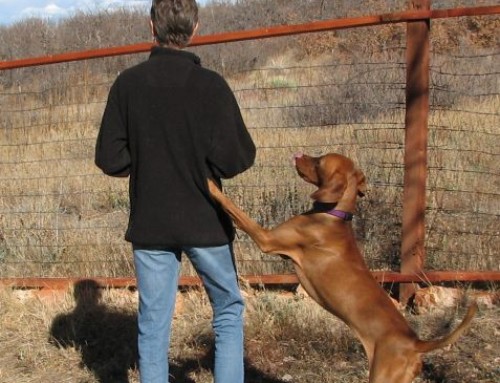
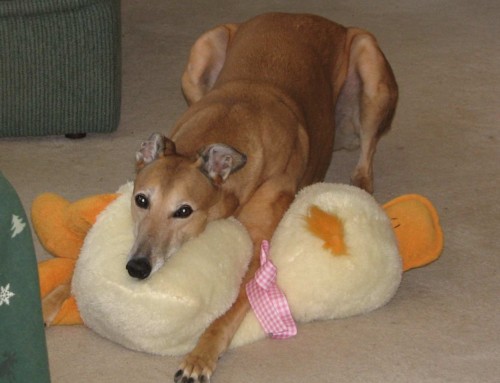
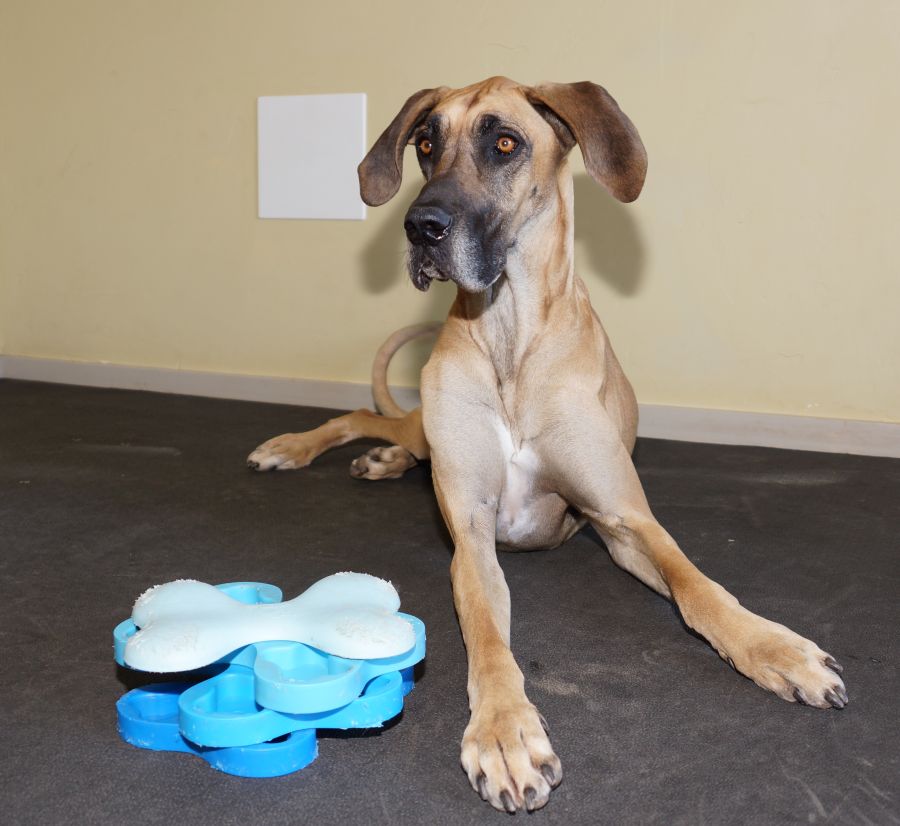
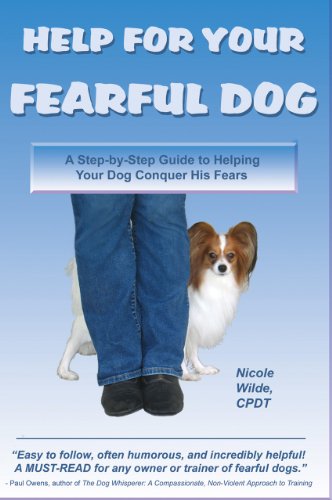
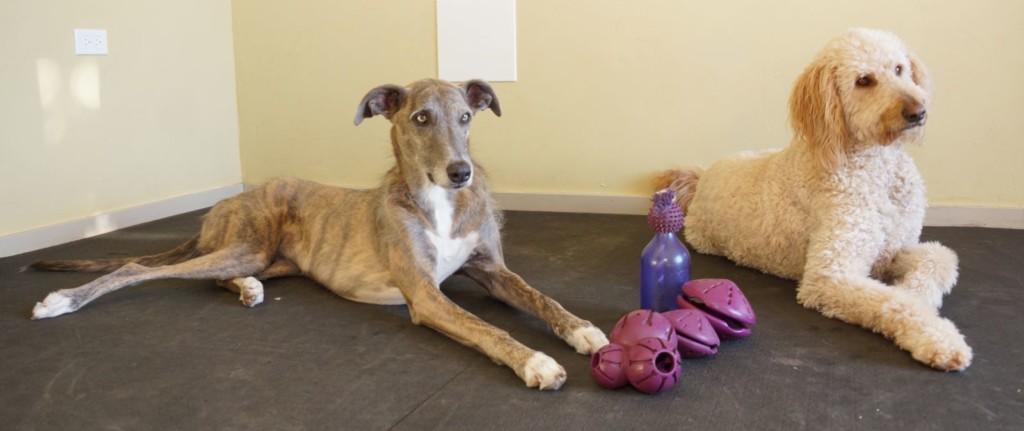
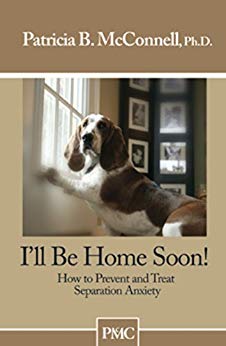
Leave A Comment